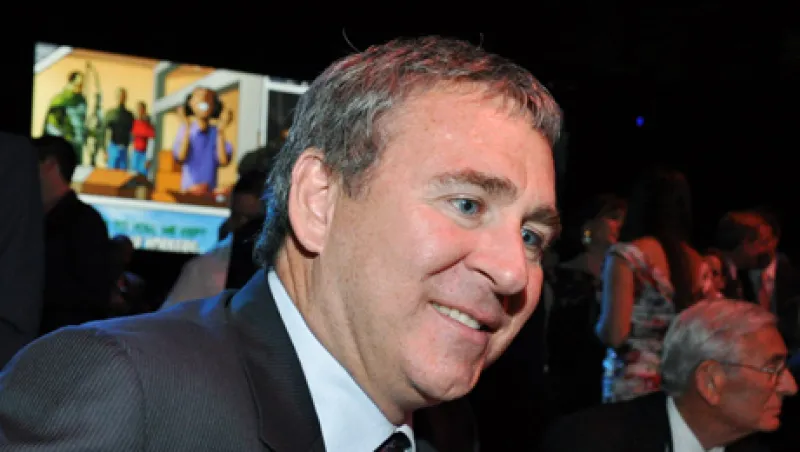You had to be a huge bear to have lost money in January when the S&P enjoyed its best start in 15 years.
Yet a sampling of a number of major hedge funds that have already reported results to investors found that all of their main funds lagged the major indexes for the month when the S&P 500 climbed 4.4 percent, the Dow Industrials rose 3.4 percent and the Nasdaq surged 8 percent. They include:
- Ken Griffin’s Wellington and Kensington funds were up 3 percent.
- Izzy Englander’s Millennium funds were up 1.75 percent.
- David Einhorn’s Greenlight Capital was up 2.7 percent.
- Dan Och’s OZ Master Fund was up 1.60 percent — his three other major funds were up between 1.34 percent and 2.64 percent.
- Alan Howard’s BH Macro was up 1.06 percent through January 27.
- Andrew Law has also gotten off to a slow start in his first month running Caxton Global Investment since Bruce Kovner officially retired, posting just a 0.20 percent gain.
- Through January 27 Tudor BVI, run by macro icon Paul Tudor Jones II, was up just 1.66 percent.
- Renaissance Institutional Equities Fund (RIEF), one of last year’s top performers, was flat for the first month of the year.
- Dan Loeb’s Third Point Offshore was up 3.8 percent while his Ultra fund rose 5.8 percent. This exceeded the major averages, but keep in mind it uses leverage to juice the returns.
In fact, Griffin’s profitable month finally put all of his investors above the high-water mark for the first time since the funds lost 55 percent in 2008.
Einhorn eked out a 2 percent or so gain after sinking into the red in the first half of the year.
Meanwhile, the two who lost money last year were down by less than 1 percent in their main funds.
What do this year’s results indicate so far? While managers are positioned for a rising market, they still haven’t fully unleashed the risk they lessened last year. For example, Millennium heavily reduced risk beginning in August.
For its part, Brevan Howard told investors in its December letter he continued to believe that markets remain at risk of substantial dislocation. “The European sovereign and banking issues appear to be approaching a head and may result in extreme outcomes (in either direction),” it wrote. “The U.S. fiscal situation remains highly strained and large imbalances remain in emerging-market economies. In short, the issues we raised in last year’s letter are still unresolved.”
The London-based firm also stressed he was unwilling to risk betting on the outcome of the euro zone crisis. “As we start 2012 the fund’s positioning is once again quite tactical, with the only structural position being long volatility across multiple asset classes, in particular interest rates,” the firm wrote.
Clearly if the current global market rally suddenly reverses course, this group of six will be prepared, and once again won’t be hurt.







